#holocene
Explore tagged Tumblr posts
Text

The Carolina parakeet was a North American parrot declared extinct due to human activity less than a century ago.
893 notes
·
View notes
Text



a series of cleaner sketches. :]
174 notes
·
View notes
Text


Another Saturday another formation stream!
This time we visited the subfossil wonders of Madagascar!
#sciart#paleoart#paleostream#holocene#pleistocene#madagascar#elephant birds#aepyornis#lemurs#crocodile#megaladapis#tortoise#fossils
439 notes
·
View notes
Text






The Cenozoic is Pink 🩷🩷🩷
Western Horse (Equus occidentalis) - Megaloceros
Odobenocetops - Desmodus
Baiji - Goblin Shark
Shop || Phone Wallpapers
The western horse is coming soon! Check out my next shop update on November 1st for new critters joining the Paleo Party!
#art#my art#paleoart#paleontology#science#illustration#pleistocene#holocene#baiji#western horse#megaloceros#odobenocetops#desmodus#bat#whale#horse#deer#goblin shark#shark
106 notes
·
View notes
Text
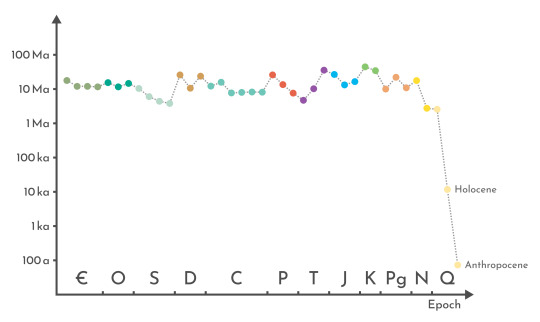
ICS time bias in one picture
830 notes
·
View notes
Text
382 notes
·
View notes
Text

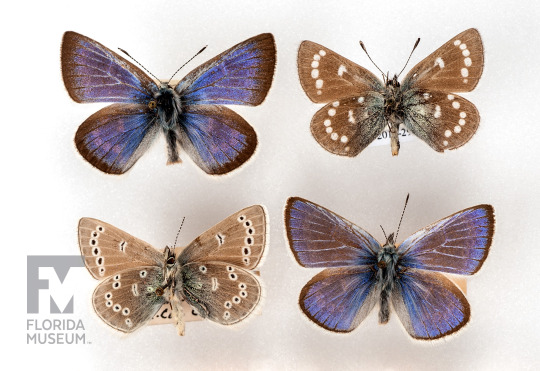

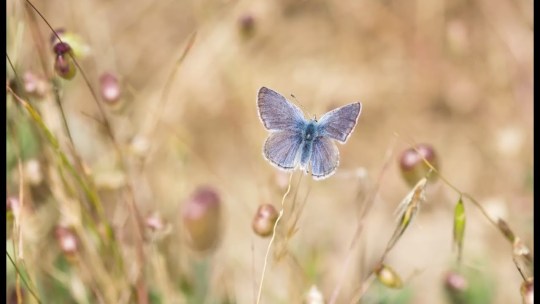
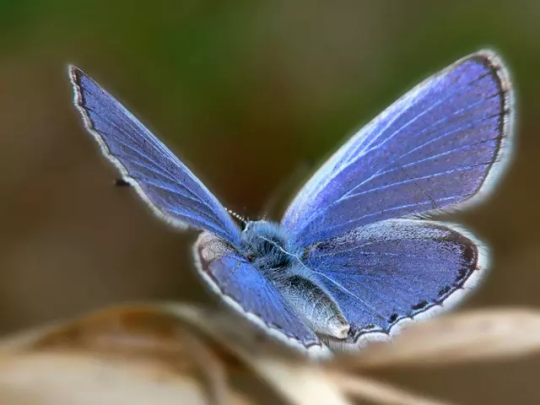


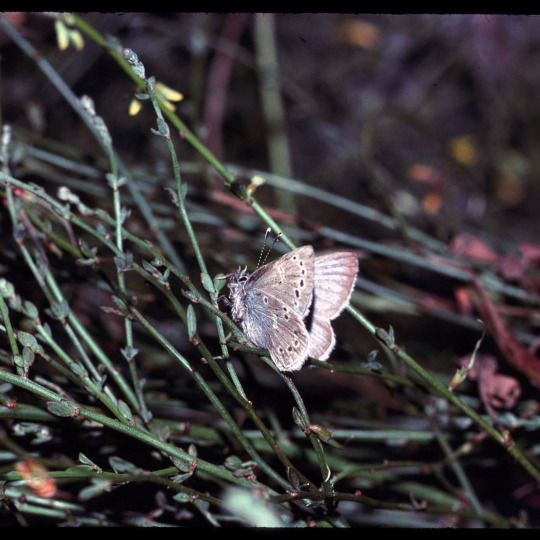
Glaucopsyche xerces, better known as the Xerces blue butterfly or simply xerces blue is a recently extinct species of butterfly in the gossamer-winged butterfly family, Lycaenidae. The species was first described and documented in 1852, and was named after the French spelling of "Xerxes", the Greek name of the Persian kings Xerxes I and Xerxes II of the fifth century BC. Reaching around .7 to 1.18inches (18 to 30mm) in wingspan length, the xerces blue is a small, brightly colored butterfly characterized by iridescent blue on the upper wing surfaces of males, and pale spots below. It was endemic to the coastal sand dunes of the upper San Francisco Peninsula where the Xerces fed on vegetation belonging to the genus Lotus and Lupinus. The loss of the Lotus plant that the butterfly fed on while in its larval stages is believed to be the main reason for the extinction of the Xerces blue. As growing urban development resulted in extensive disturbance and loss of habitat of which the lotus plant couldn’t survive. Lupinus, the Xerces blue's other main adult food source, was not suitable for the larval stages. By the early 1940s the Xerces Blue was driven to extinction, becoming one of the first and most well-known butterflies in the United States lost due to human impact, with the last confirmed sighting of a xerces blue occurring in 1943 on land that is now part of the Golden Gate National Recreation Area. The butterfly’s extinction inspired the foundation of the Xerces Society for Invertebrate Conservation in 1971, as well as ushering the need for insect and invertebrate conservation into the public mindset. Today there are ongoing efforts to reestablish related butterflies in the Xerces blue's former habitat such as the silvery blue and the Palos Verdes blue. Also the possibility of reviving the xerces blue via de-extinction is being explored.
#pleistocene pride#pliestocene pride#cenozoic#holocene#extinct#animal#animals#insect#butterfly#animal facts#xerces#xerces blue#bug#bugs
30 notes
·
View notes
Text

Day 24: Parocnus browni
A Pygmy ground sloth from Cuba and Hispaniola of Pleistocene and Holocene, is sleepy on a half fallen palm tree in a dense jungle of Cuba.
46 notes
·
View notes
Text
Patreon request for @/brittoniawhite (Instagram handle) - Thylacinus cynocephalus. I’ve drawn this guy already, but here’s a new pose AND a size chart, which the previous post didn’t have.

Known by several common names: the Tasmanian Tiger, Tasmanian Wolf, or simply the Thylacine, Thylacinus cynocephalus was neither canine nor feline, but instead a large carnivorous marsupial.
Being a marsupial, it had a pouch. Though it was unique in that both females and males had pouches: the males’ were used to protect their reproductive organs. Thylacine life expectancy was estimated to be between 5 and 7 years, though some captive specimens lived to 9 years. They were shy and nocturnal carnivores, likely eating other marsupials such as kangaroos, wallabies, wombats, and possums, as well as other small animals and birds, such as the similarly extinct Tasmanian Emu. However, it is a matter of dispute whether the thylacine would have been able to take on prey items as large or larger than itself. It is unknown whether they hunted alone or in small family groups, though captive thylacines did get along with each other.

Thylacinus cynocephalus was the last of the Thylacinids, a family of Dasyuromorph marsupials. It lived from the Pleistocene to the Holocene in Australia and New Guinea, driven to extinction in the 1930s by hunting, human encroachment, disease, and feral dogs. The thylacine was already extinct on the Australian mainland and New Guinea by the time British settlers arrived, with the island of Tasmania being its last stronghold. Settlers feared the marsupial would attack them and their livestock, demonizing it as a “blood drinker”, and bounties were put in place that drove the thylacine to be overhunted. As they became rarer, there was a push to capture thylacines and keep them alive in captivity, but unfortunately it was too little, too late. Conservation and animal welfare was not at the level it is today, not much was known about their behavior in the wild, and there was only one successful birth in captivity. Studies show that with continued successful breeding, a campaign to change public perception, and protections put into place much earlier, the thylacine could have been saved. But the last captive thylacine died in 1936, and official protection was not put in place until that year, 59 days before his death. Sightings continued into the 1980s, and even today some claim to see them, but all of these sightings are unconfirmed and unlikely. As are all the other animals on this account, the thylacine is definitively extinct.

Today, carnivores such as wolves and coyotes are demonized in the same way the thylacine was, and there are some who wish to also wipe them out entirely, even having succeeded in many places. While some of the thylacine’s closest relatives, like the Numbat and Tasmanian Devil, survived the European persecution which killed off the thylacines, they are still endangered today due to introduced predators and disease. Instead of continuing to search for, or trying to resurrect the lost thylacine, perhaps it is best we channel that attention, love, and regret on the species we still have. Extinction is forever, and it is easier to save those who are still alive.

This art may be used for educational purposes, with credit, but please contact me first for permission before using my art. I would like to know where and how it is being used. If you don’t have something to add that was not already addressed in this caption, please do not repost this art. Thank you!
#Thylacinus cynocephalus#thylacinus#thylacine#tasmanian tiger#tasmanian wolf#marsupials#mammals#synapsids#Australia#Tasmania#Pleistocene#Holocene
16 notes
·
View notes
Text




gotten back into art recently and made some writing/art pieces about a population of prehistoric megafauna surviving on an Indonesian island in the 20th Century.
#mine#art#paleoart#dinosaurs#pterosaur#sauropod#iguanodont#azhdarchid#2d artwork#2d art drawings#2d art#ornithopod#theropod#holocene#prehistoric animals#megafauna#2d artist
11 notes
·
View notes
Text

the stars in your eyes
263 notes
·
View notes
Text
Happy Halloween!!! 🎃🦇
Desmodus draculae ("Dracula's tooth-bundle") was a species of vampire bat that lived in Central and South America during the Pleistocene and possibly until very recently (~2.5 - 0.01 Mya).

D. draculae belonged to the same genus as today's common vampire bat, D. rotundus, and was massive.. for a vampire bat. With an estimated wingspan of 50cm (20in), D. draculae was no giant, but it is the largest vampire bat that has ever existed, as far as we know.
Like modern vampire bats, Desmodus draculae, appropriately named after the famous vampire Dracula, fed on the blood of larger mammals, such as horses, deer, probably even giant sloths and mastodons. We're unsure of exactly when or why these bats went extinct, but some scientists speculate that they could have been specially adapted to feed on Pleistocene megafauna, and died out alongside their food source.
#paleoart#paleontology#evolution#animal art#animals#zoology#animal#vampire bat#vampire#dracula#pleistocene#holocene#megafauna
6 notes
·
View notes
Text
The Time has come.



it is very much Weyes Blood season guys.
#her music is just so.#like first breeze of fall#or something#it’s so calming#weyes blood#in the beginning#holocene#andromeda#autumn#fall
7 notes
·
View notes
Text
32 notes
·
View notes
Text
Caprimulgus ritae King et al., 2024 (new species)

(A male individual of Caprimulgus ritae photographed by James Eaton, from King et al., 2024)
Meaning of name: ritae = for Rita Bobbin [friend of the study's lead author, Ben F. King]
Suggested common name: Timor nightjar
Age: Holocene (Meghalayan), extant
Where found: Primarily in lowland forests on the islands of Timor and Wetar
How much is known: At least four collected specimens (two males and two females) are held in museum collections. A fifth specimen, an immature individual, may also belong to this species, but this has not been verified by genetic analysis.
Notes: Caprimulgus is a genus of nightjars, a group of nocturnal, insect-eating birds. Nightjars typically spend the day camouflaged against the ground and use their wide mouths to capture flying insects at night.
C. ritae is closely related to the Mees's nightjar (C. meesi) from the islands of Flores and Sumba, and the large-tailed nightjar (C. macrurus), which is found across South Asia, Southeast Asia (though not Timor or Wetar), and northern Australia. In addition to being genetically distinct and geographically separated from its close relatives, C. ritae is smaller than them on average. It can also be distinguished by its vocalizations and details of plumage patterning, such as having darker brown feathers on the sides of its face.
Reference: King, B.F., G. Sangster, C.R. Trainor, M. Irestedt, D.M. Prawiradilaga, and P.G.P. Ericson. 2024. A new species of nightjar (Caprimulgus) from Timor and Wetar, Lesser Sunda Islands, Wallacea. Ibis advance online publication. doi: 10.1111/ibi.13340
91 notes
·
View notes